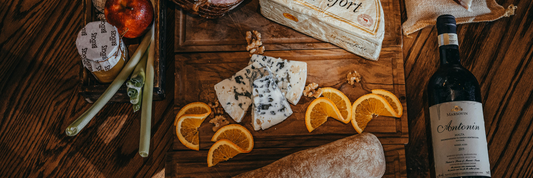When choosing your favorite beverage, have you ever wondered whether it makes a difference if it comes in a can or a bottle? While they might seem interchangeable at first glance, cans and bottles have distinct characteristics that affect everything from taste and freshness to environmental impact and consumer preferences. This article dives into the key differences between cans and bottles, comparing materials, sizes, sustainability, and their effect on quality and experience.
- Glass vs. Plastic Baby Bottles: Which Is Better?
- Plastic Water Bottle Expiry Date: What to Know About
Are Cans and Bottles the Same?
Material Differences Between Cans and Bottles
Cans are typically made from aluminum, while bottles are most often crafted from glass. These material choices play a significant role in the durability, weight, and recyclability of each option. Aluminum cans are lightweight and shatterproof, making them a practical choice for portability. Glass bottles, on the other hand, offer a more traditional feel but are heavier and can break more easily.

Shape and Structure Variations
Cans are known for their simple cylindrical shape, making them easy to stack and store. In contrast, bottles come in various shapes, including long-neck designs, which can add aesthetic value but may take up more space. This structural difference can affect how each option is handled and stored.
Primary Uses and Product Types
Certain beverages are commonly associated with cans, such as soda, beer, and energy drinks, while others, like wine and craft beverages, are more often found in bottles. The choice of packaging can influence consumer perception and brand image.

Are Cans and Bottles Interchangeable in Size?
While cans and bottles might share similar volumes, brewers may choose between them based on factors like ease of production, cost, and consumer preferences.
How Cans and Bottles Affect Beer Quality
Light Protection: Clear vs. Opaque Packaging
Glass bottles, especially clear or light-colored ones, allow light to pass through, potentially impacting the flavor of the beverage by causing oxidation. Cans, being opaque, offer better protection against light exposure.
Temperature Retention in Cans vs. Bottles
Cans tend to cool faster and maintain cold temperatures longer than glass bottles, which can influence consumer choice, particularly in warm climates.
Impact on Freshness and Taste
The way cans and bottles seal in carbonation can affect how fresh and flavorful the beverage remains. Cans often provide a tighter seal, preventing air from entering and preserving taste.

Environmental Impact of Cans vs. Bottles
Recyclability of Cans and Bottles
Both cans and bottles can be recycled, but aluminum is typically more recyclable, requiring less energy to process. Glass, while recyclable, can be heavier and more costly to transport.
Carbon Footprint in Production and Transportation
Producing and transporting glass bottles generally uses more energy compared to aluminum cans. This contributes to a higher carbon footprint for glass packaging.
Sustainability Considerations
Cans align more closely with sustainability goals due to their lower weight and higher recycling rates.
Consumer Preferences for Cans vs. Bottles
Survey Results: Taste and Experience
Some consumers believe that beverages taste different when consumed from cans versus bottles. This perception often relates to the packaging material and how it influences the drink's temperature and aroma.
Aesthetic Appeal and Brand Perception
Bottles are often seen as more premium and are favored for their classic appearance, while cans are associated with modern convenience and portability.
Convenience and Portability
Cans are lighter and easier to carry, making them a preferred option for on-the-go activities compared to bottles.
The Cost of Cans vs. Bottles for Manufacturers
Production and Material Costs
Aluminum cans typically have lower production costs compared to glass bottles, which require more energy to produce and handle.
Storage and Distribution
Due to their shape and lighter weight, cans are easier and cheaper to store and ship, giving them an advantage over glass bottles in terms of logistics.
Market Trends in Cans vs. Bottles
Many beverage brands are shifting toward cans due to their recyclability, cost-effectiveness, and portability, while others continue to use bottles for niche products and premium offerings.
Conclusion
Cans and bottles each have their pros and cons, from material and cost considerations to environmental impacts and consumer preferences. Understanding these differences can help both consumers and manufacturers make informed choices about which packaging best suits their needs.




